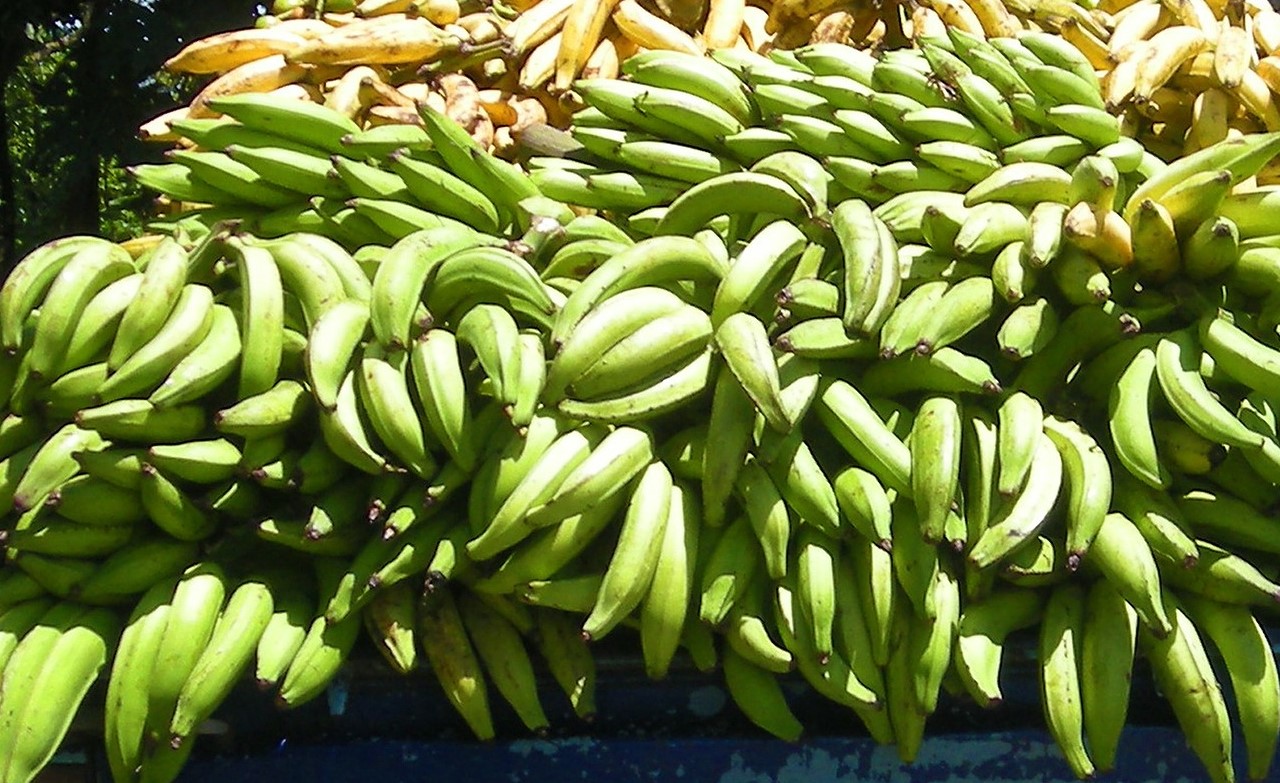Ever heard of the words; Hydroponics and Aquaponics?
Well, they are two innovative methods aimed at revolutionizing the way we produce food by eliminating the need for soil altogether. These techniques are not only sustainable but also highly efficient, making them ideal for urban environments and areas with poor soil quality.
What is Hydroponics?
Hydroponics is a method of growing plants using a nutrient-rich water solution instead of soil. The roots are submerged in or suspended above the solution, allowing them to absorb nutrients directly.
Benefits of Hydroponics.
This method offers several benefits:
- Faster Growth: Plants grown hydroponically tend to grow faster than those in soil because nutrients are delivered directly to the roots.
- Water Efficiency: Hydroponics uses up to 90% less water than traditional farming, as water is recirculated in a closed system.
- Space Saving: Hydroponic systems can be set up vertically, making them ideal for urban settings where space is limited.
What is Aquaponics?
Aquaponics combines hydroponics with aquaculture, the raising of fish or other aquatic animals. In this system, fish waste provides a natural fertilizer for the plants. The plants, in turn, help purify the water, which is recirculated back to the fish tanks. This creates a symbiotic environment that benefits both plants and fish.
Benefits of Aquaponics.
The following are some benefits of Aquaponics;
- Sustainable Cycle: Aquaponics creates a closed-loop system where waste is reused, reducing the need for chemical fertilizers.
- Multiple Harvests: Farmers can harvest both vegetables and fish, providing a dual-income stream.
- Minimal Waste: Water and nutrient use are optimized, minimizing waste and environmental impact.
Benefits of Soil-Free Farming
- Resource Efficiency: Both hydroponics and aquaponics use significantly less water and space compared to traditional farming.
- Year-Round Production: These systems can be set up indoors, allowing for year-round cultivation regardless of external weather conditions.
- Reduced Pesticides: The controlled environment reduces the need for pesticides and herbicides, resulting in cleaner produce.
Challenges to Consider
While the benefits of methods like hydroponics and aquaponics are numerous, it’s important to recognize that there are also several challenges associated with these systems. These methods may offer efficient, sustainable farming alternatives, but they come with their own set of complexities and considerations. From the technical expertise required to maintain the systems to the initial investment and long-term sustainability, understanding these challenges is crucial for anyone considering these innovative farming techniques.
The following are some of the challenges;
- Initial Costs: Setting up hydroponic or aquaponic systems can be expensive.
- Technical Knowledge: These systems require a certain level of technical understanding to manage effectively.
- Power Dependency: Both systems rely on electricity for pumps and lighting, making them vulnerable to power outages.
Conclusion
Hydroponics and aquaponics represent the future of agriculture, offering sustainable, efficient, and innovative solutions to food production. As these technologies continue to evolve, they hold the promise of transforming farming practices and making agriculture more resilient in the face of global challenges such as climate change and urbanization. Whether you’re a commercial farmer or a hobbyist, exploring these soil-free farming methods could be a step towards a greener, more sustainable future.



